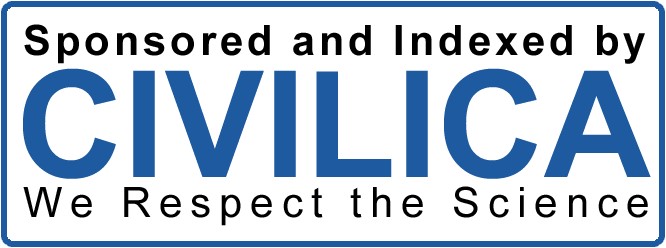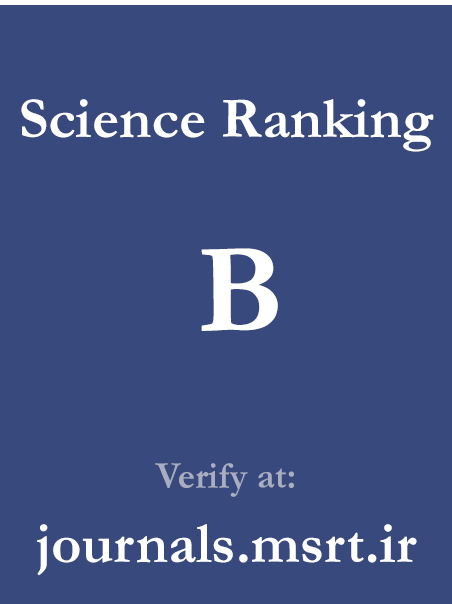Designing a Model for Managing the Organizational Behavior of Difficult Employees
Keywords:
Management , Organizational Behavior , Employees, Difficult Employees , Grounded TheoryAbstract
The effective management of difficult employees is a critical challenge for leaders in any workplace. The problematic behavior and poor attitude of an employee can quickly spread and negatively impact their productivity as well as that of other team members. The objective of this study is to propose a model for managing the organizational behavior of difficult employees at Misan University. This research was conducted using a qualitative-inductive approach and employed Strauss and Corbin’s grounded theory method. A semi-structured interview was used as the data collection tool. Using the grounded theory method, data obtained from interviews with 16 experts in the field of education (including managers and academic experts at Misan University) were analyzed through three stages of open, axial, and selective coding. The findings resulted in 20 general categories, structured within a paradigmatic model. These factors encompass causal conditions (negative organizational behaviors, negative managerial behaviors, factors contributing to difficult behavior, and organizational harm), the central phenomenon (management of difficult employees), contextual conditions (negative organizational culture, negative communication, inappropriate organizational changes, and ineffective leadership), intervening conditions (flawed policies and procedures, and an unsuitable work environment), strategies (designing a human resource management model, formulating organizational policies and regulations, effective management of difficult employees in the organization, and providing psychological-social support), and outcomes (a healthier and more efficient workplace, cultural enhancement, improved organizational performance, enhanced human resource management effectiveness, and a reduction in difficult behaviors)







